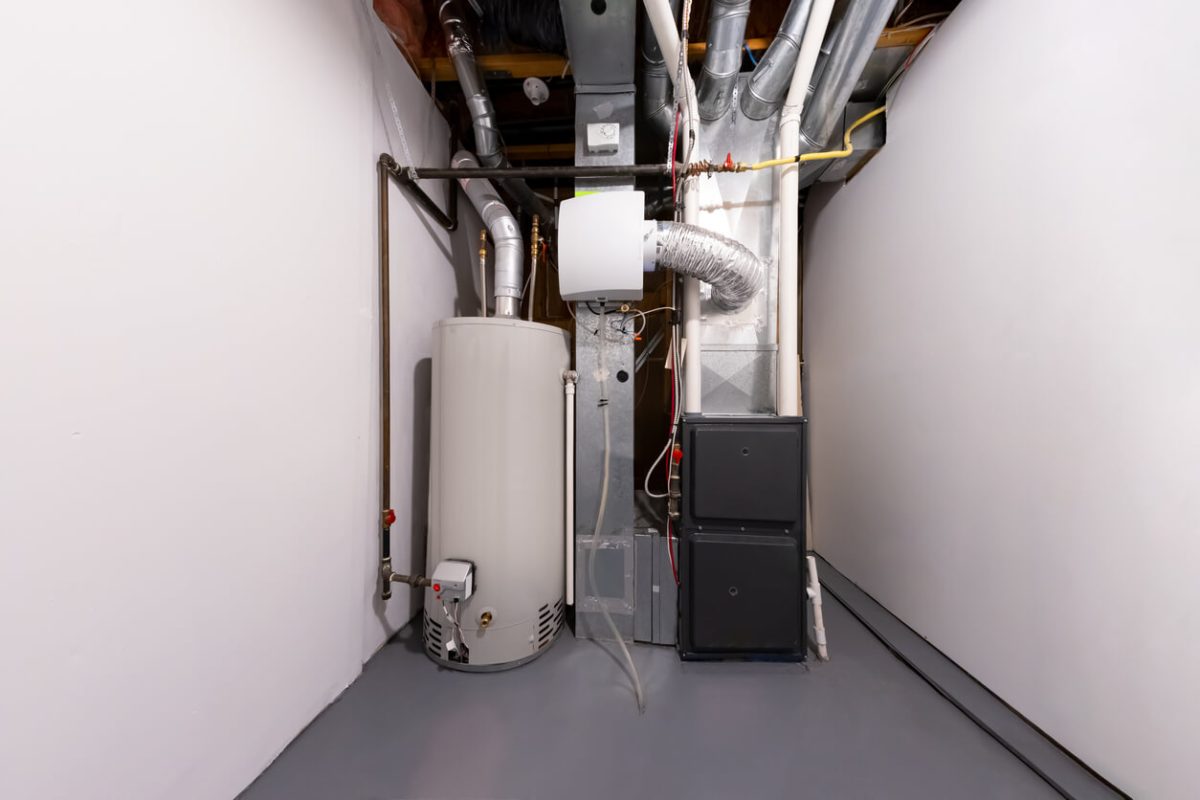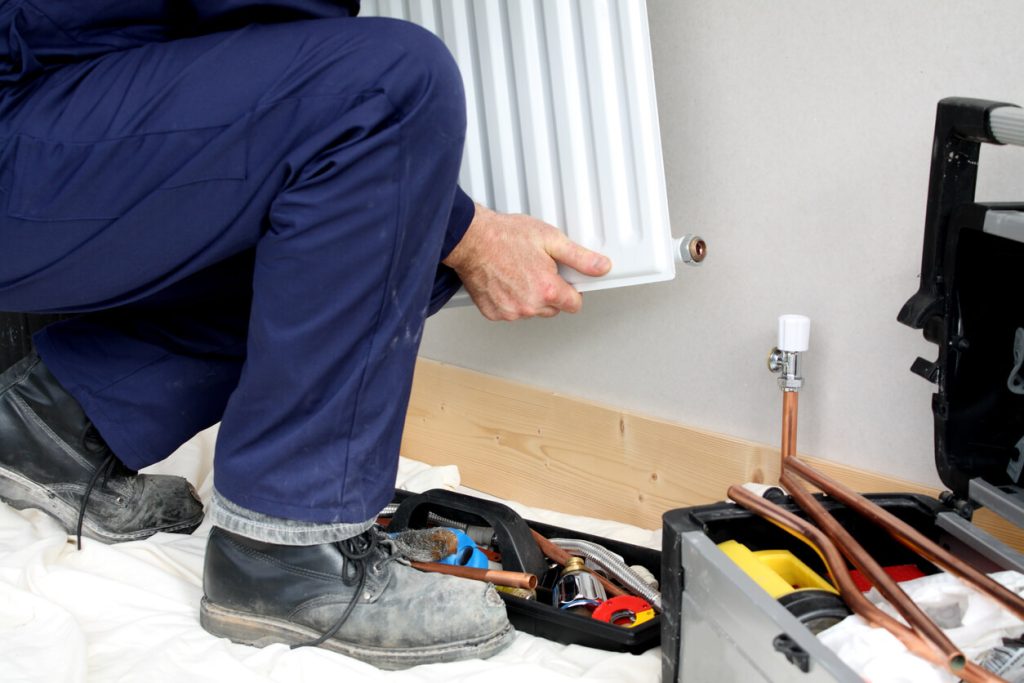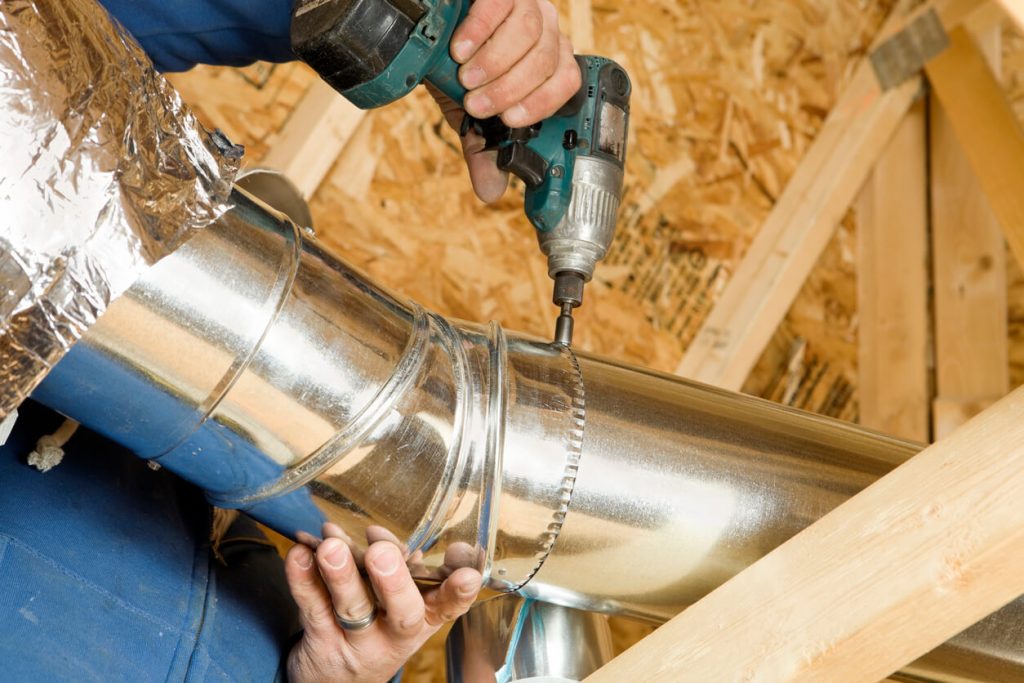What Is The Cost Of A New Gas Furnace?

In 2025, the cost of a new gas furnace with professional installation can range from as little as $2,000 to more than $10,000.
Most homeowners won’t need to pay so much… but still, why such a wide range?
The difference in price comes down to several factors. Installation, permits, ductwork, and safety measures all add to the final total.
Where your project falls within that range depends on key factors such as furnace type, efficiency rating, and the unique needs of your home.
In this guide, we’ll cover unit prices, installation costs, and additional considerations to give you a clear picture of what to expect.
What Is The Average Cost Of A New Furnace?
For most homeowners, the average bill for a new furnace installation falls between $5,000 and $11,500.
That mid-range figure usually covers both the furnace itself and the labor required to get everything running safely.
Prices can begin as low as $2,000, but it depends on your home’s size and needs.
If you just look at the furnace alone, you’re in the $1,500 to $5,000 range.
But once you add ductwork adjustments, electrical hookups, permits, and professional installation, it’s easy for the price to double.
What Factors Affect Furnace Costs?
Two houses sitting side by side can end up with furnace bills that look nothing alike.
Why?
Because the price of a new furnace isn’t just about square footage, but everything happening behind the scenes.
The fuel you choose, the efficiency rating of the unit, the condition of your ductwork system, and even Colorado’s altitude all play a part.
Each one can swing the total by thousands of dollars.

Furnace Types
The type of furnace you choose has one of the biggest impacts on the cost of a new furnace installation.
Each fuel source comes with its own price range, operating costs, and long-term considerations.
Gas Furnaces (Natural Gas Furnaces)
Installed costs can start around $3,800 if you also need ductwork, and increase with the size of the home. If you already have ductwork, they can often be installed for less.
Gas furnaces are the most common choice nationwide because they deliver reliable heat and typically cost less to operate than oil or propane systems.
Electric Furnaces
Electric furnaces cost about $2,000 to $7,000 installed in a typical home.
They’re affordable to purchase and easy to set up, but higher electricity rates can make them expensive to operate in colder regions where the heating system runs heavily.
Oil Furnaces
Nationally, the average price for an oil furnace and installation ranges from $6,750 to $10,000.
These units are dependable and still common in older homes, but they require heating oil deliveries and bring higher ongoing operating costs.
Propane Furnaces
Propane furnaces are priced between $2,200 and $7,400 installed, but it depends on whether you install a standard- or high-efficiency furnace.
They’re often used in rural areas without access to a natural gas line.
While they provide steady performance, propane tends to be more expensive, which makes them more expensive in the long-term.

Furnace Size And BTU Output
It’s easy to confuse furnace efficiency with furnace size, but they’re two very different things.
Efficiency is about how well the furnace converts fuel into heat.
Size (measured in British Thermal Units (BTUs) per hour) determines how much heat the system can actually deliver to your home.
Most residential furnaces fall between 40,000 and 120,000 BTUs.
Bigger homes or homes with poor insulation usually need higher output to stay warm, which means a larger furnace.
But bigger isn’t always better.
An oversized furnace will short-cycle, turning on and off too frequently, which wastes energy and wears the system out faster.
But on the other hand, a furnace that’s too small will run constantly and still struggle to keep up, leaving uncomfortable cold spots throughout the house.
The ideal setup is a furnace that’s properly matched to your home’s heating load.
Pairing the right size with a solid efficiency rating gives you the best of both worlds: reliable comfort and lower operating costs.
Furnace Efficiency (AFUE Rating)
Annual Fuel Utilization Efficiency (AFUE) is the standard measure of how effectively a furnace converts fuel into heat.
Think of it like miles per gallon for your car: the higher the AFUE rating, the more efficient the furnace.
This matters because efficiency is not the same thing as size.
Efficiency is about how well the furnace uses fuel, while size determines how much heat the system can deliver to your home.
Mid-Efficiency Furnaces
Mid-efficiency furnaces, typically rated between 80% and 89% AFUE, are the baseline models on the market.
Installed costs usually range from $3,800 to $8,800.
They’re more affordable upfront, but waste more energy in the heating process compared to high-efficiency furnaces. This drives up monthly energy expenses over time.
High-Efficiency Furnaces
High-efficiency furnaces, rated between 90% and 99% AFUE, generally cost $9,000 to $12,000 installed.
These systems use advanced designs like secondary heat exchangers to capture more heat from the same amount of fuel.
While the upfront cost is higher, they often qualify for rebates and lower monthly bills by hundreds of dollars a year, which makes them more cost-effective over the life of the furnace.
The takeaway is simple: a bigger furnace isn’t automatically better. The best choice is pairing the right furnace capacity with the right efficiency rating.
The right combination delivers steady comfort and long-term savings without overspending on upfront or operating costs.
Installation Complexity
Not every furnace installation is straightforward.
Even if you’ve picked the perfect furnace, the installation process itself can add to the total bill depending on the condition of your home and the work required to get everything up to code.
For example, an older home with leaky or undersized ductwork may need sealing or a full replacement before the new furnace can run efficiently.
If you’re upgrading to a high-efficiency model or a two-stage furnace, you might also need new electrical connections to support features like smart thermostats.
And homes without a proper gas line in place could require adjustments or extensions. In some cases, venting systems might need to be upgraded to meet modern safety standards too.
On top of all that, local permits and inspections are usually required, which carry their own fees.
Ultimately, the more complex your home setup is, the higher your installation costs are likely to be. For some homeowners, that could mean a few hundred dollars in additional work. For others, it might mean seeing the price rise by several thousand.

Local Climate And Altitude
Your location plays a big role in how much you’ll pay for a new furnace and how well it performs once installed.
In colder regions with long winters, homeowners often lean toward high-efficiency furnaces that can handle heavy use without driving up monthly energy expenses.
In milder climates, a mid-efficiency model may be enough to keep costs lower upfront.
Then there’s altitude.
Homes built at higher elevations sometimes require adjustments to the furnace’s burners or other components to ensure the system ignites and runs properly.
That extra labor and equipment adds to installation costs and may push your total closer to the higher end of the national average.
Additional Costs To Consider
Beyond the furnace itself, installation often brings extra expenses. These can vary depending on your home’s condition and local requirements.
- Removing the old furnace – $150 to $500 for safe removal and disposal.
- Installing new ductwork – $450 to $2,100 with smaller modifications costing less.
- Permits and inspections – $100+ depending on local codes.
Planning for these costs upfront helps avoid surprises when the final bill comes in.
Is A New Furnace Worth It?
The upfront price of a new furnace can feel steep, but the long-term benefits make it one of the smartest upgrades you can make.
A modern furnace delivers steady comfort, quieter operation, and better airflow while lowering monthly energy expenses.
Over time, the savings on heating bills and the boost to your home’s value more than make up for the investment.
At True North Heating, we make the process of installing a new gas furnace simple.
Reach out to our team in Knoxville or Colorado Springs for gas furnace installation services you can count on.
We’ll help you choose the ideal furnace for your home and install it with care, so you stay warm and comfortable all winter long.
Frequently Asked Questions
How Much Does A New Furnace Cost On Average?
Most homeowners spend $4,000 to $7,000, including labor and permits. How much you spend depends largely on the size of your home and the type of furnace you install.
How Much Does It Cost To Install A Furnace For A 1,500 Sq. Ft. Home?
Expect to pay several thousand dollars, depending on efficiency, brand, and installation requirements.
Should I Replace My AC And Old Furnace Together?
Often yes. Replacing both can lower labor costs, ensure compatibility, and may qualify you for discounts.
Does Homeowners Insurance Cover Furnace Replacement?
Not usually. Insurance often covers your furnace system for sudden damage from events like fire or flooding, but not wear and tear.
Why Are Furnace Installation Costs So High?
Because it involves more than placing the unit. Skilled labor, safety checks, permits, and code compliance all factor into the price.
Is The Cost To Replace A Furnace Cheaper Than The Cost Of Repairing A Furnace?
Repairs to your existing furnace usually cost less upfront, but frequent breakdowns and higher energy bills add up. If furnace replacement costs approach half the cost of a new gas furnace, replacement is the smarter, more cost-effective choice.
What Can I Do To Save Money When Installing A New Furnace?
To cut the overall cost of new furnace installation, check if your existing gas line and ductwork can be reused, look for rebates on energy efficient furnaces, and consider bundling with an air conditioner or heat pump. Proper maintenance, like replacing furnace filters, also helps reduce long-term costs.
How Much Money Can I Save Each Year With A High Efficiency Furnace?
Homeowners in colder climates can save 10% to 20% per year on utility bills with a high-efficiency furnace. While high efficiency furnaces cost more upfront, their improved energy efficiency rating makes them a significant investment that pays off over time.
